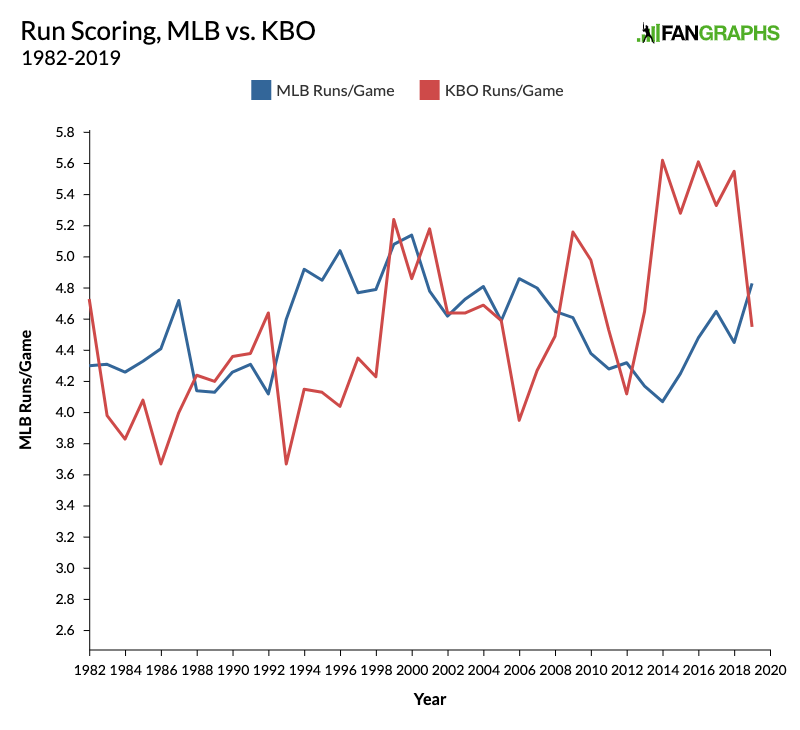Below is an analysis of the prospects in the farm system of the Cincinnati Reds. Scouting reports are compiled with information provided by industry sources as well as my own observations. For more information on the 20-80 scouting scale by which all of our prospect content is governed, you can click here. For further explanation of the merits and drawbacks of Future Value, read this.
All of the numbered prospects here also appear on The Board, a resource the site offers featuring sortable scouting information for every organization. It can be found here.
Other Prospects of Note
Grouped by type and listed in order of preference within each category.
Sleeper Arms I Like
Reiver Sanmartin, LHP
Jhon De Jesus, RHP
James Marinan, RHP
Sanmartin has been traded a few times (Texas to New York to Cincinnati). He’s a little low-slot lefty whose tailing fastball and sweeping slider dovetail from one another in an effective way. He has a shot to end up with plus command and make a roster. De Jesus is a stallion with arm strength — 91-96, touch 98 — and 30 control/feel. Marinan has pedigree as a sinker/slider starter prospect. He was up to 95 in some starts and 88-92 in others.
College-Aged Outfielders with a Carrying Tool
Quin Cotton, LF
Fidel Castro, RF
TJ Hopkins, CF
Michael Beltre, LF
Lorenzo Cedrola, CF
Andy Sugilio, CF
Cotton was in the third round mix for some clubs coming into his junior spring at Grand Canyon. Scouts hoped a swing change might unlock dormant raw power, and as Cotton tried to make one, he came undone and had a bad year. Now he’s in an org that has lately had some success making swing changes. He has 55 pull power. Castro’s frame is still really projectable for a 21-year-old and he has natural low-ball lift. He’s got a shot to grow into power yet. Hopkins is a senior sign who hit .295/.371/.463 at South Carolina. Beltre is 25, so assume he’s getting his doctorate. He’s physical and fast and plays really hard, but his swing just doesn’t work. Cedrola and Sugilio are speedsters without viable strength.
Up-the-Middle Depth
Miguel Hernandez, SS
Hendrik Clementina, C
Jose Tello, C
James Free, C
Hernandez can still pick it and make an average amount of contact, but hasn’t filled out like I thought he might when he was 19. The other three are big-bodied catchers with power. Free signed for $125,000 as an undrafted free agent.
Young Dominicans
Braylin Minier, SS
Esmil Torres, SS
Junior Tamares, CF
Jose Acosta, 3B
This is an especially relevant group because for over a decade, Cincinnati’s most prominent international talent acquisitions have typically come from Cuba. It’s been the Reds’ M.O. to avoid the teenage demographic and instead sign older Cuban players when they hit the market later in the process. Most of the 2019 17-year-old class had verbal deals long before new International Scouting Director Trey Hendricks arrived, as he told the Cincinnati Enquirer’s Bobby Nightengale last July. It makes sense then that they ended up with Triana, who hit the market at age 19, and Minier, who popped so late that any info on him is hard to come by since clubs had most of their money committed and had stopped scouting 2019’s. Baseball America has noted that Minier was trained by Patrick Guerrero, who used to work under Reds International Crosschecker Bob Engle in Los Angeles and Seattle.
Torres was in the DSL last year. He has a medium frame, good defensive footwork, and downward-cutting swing from both sides of the plate. Tamares is a plus runner with some feel to hit. He needs to get stronger. Acosta has a good frame and crude bat control.
System Overview
This system looks rough in large part due to a combination of graduations (Nick Senzel, Aristides Aquino) and trades (Taylor Trammell, Josiah Gray) made with an eye toward competing for a playoff spot in a strong division.
The international program seems inclined to re-engage with a significant portion of the market it had previously avoided. The Reds also seem more inclined than other clubs to draft older high schoolers, and an unusually high number of their slugging corner bats have among the most reckless approaches in all of baseball. The current pillars of the org’s scouting and player development haven’t been in place for very long and 2020 is a key year for understanding the org’s new tendencies as they reveal them. It was hard not to write this list with the org’s new pitching development processes in mind, as Pitching Coordinator Kyle Boddy’s body of research and thinking is basically available online.

